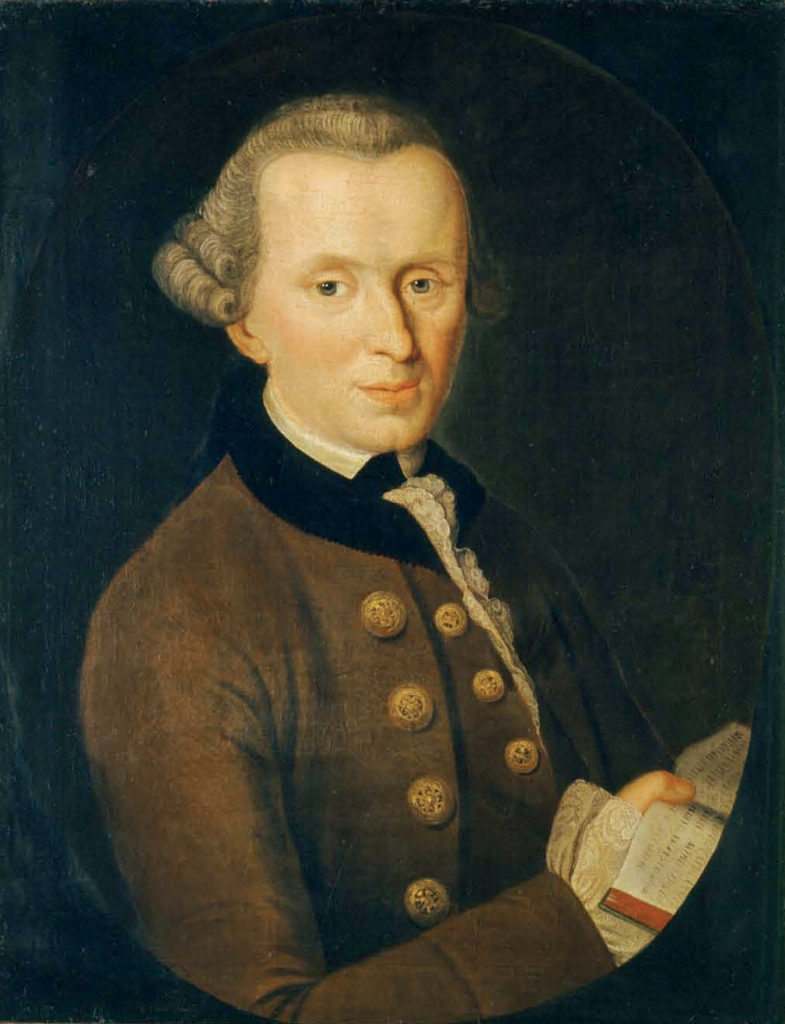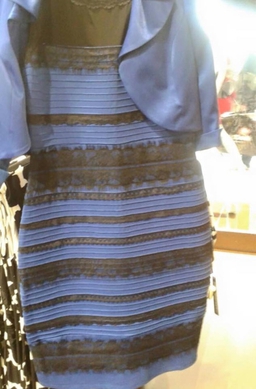17th century German philosopher Immanuel Kant was not a “woke” philosopher. This should be obvious to anyone with even a basic understanding of philosophy. Why would anyone think otherwise?

Well it seems to have started with this paragraph in a Washington Post editorial about Critical Race Theory.
Critical race theory, Guelzo says, is a subset of critical theory that began with Immanuel Kant in the 1790s. It was a response to — and rejection of — the principles of the Enlightenment and the Age of Reason on which the American republic was founded. Kant believed that “reason was inadequate to give shape to our lives” and so he set about “developing a theory of being critical of reason,” Guelzo says.
This is nonsense that anyone who has studied Enlightenment era philosophy can recognize. No, Immanuel Kant did not “invent Critical Race Theory”. No Kant was not rejecting to the principles of the Enlightenment or the Age of Reason. Best I can tell, Guelzo is misinterpreting Kant’s famous Critique of Pure Reason and Critique of Practical Reason as works criticizing reason. This is part of a long tradition that includes many a college freshman writing that Socrates asked forgiveness from the Athenian people in The Apology.
Well so much for that.
Then Robert Tracinski wrote this essay in The Discourse. Unlike Guelzo, Tracinski appears to have read beyond the title of Kant’s famous work on metaphysics. At the very least he seems to have read the Preface to the Second Edition. He mentions specific things Kant wrote. Therefore I think his ideas warrant a bit more discussion.
However his essay is also nonsense.
First, let’s look at the specific question he asks in his title, “Was Kant the First ‘Woke’ Philosopher?” What does it mean to be “woke” in the first place? The term has a long history in African American Vernacular English to refer to being aware of racial injustices. More recently it has been used to refer to pretty much any social justice issue, from criticizing police for their willingness to use deadly force to policing the use of pronouns.
Using the original definition of the word, Kant was definitely not woke. He had the racial attitudes one would expect for an 18th century man who rarely left his home city of Königsberg (it’s a myth that he never did, but nevertheless he was not a well traveled man). And he certainly was not aware of racial inequities in 20th or 21st century America (it would have been hard for him to have given that he died in 1804). It is possible he would have recognized many of the sentiments being expressed today as having analogues in the oppressions present in the 18th century. But this is not what Tracinski means when he says “woke.”
The sense of “wokeness” he is referring to is the notion that objective reality is unimportant. Instead feelings should be given primacy, and we should be more sensitive to subjective beliefs. Essentially it is a form of moral relativism. Is that a valid critique of today’s progressive left? There certainly are some on the left who that describes, but also many on the right as well. But for the sake of the argument let’s assume that this is the position of those Tracinski is arguing against. The question is, did Kant believe that? Tracinski clearly believes the answer is yes.
Here’s how he arrived at the convenient conclusion that “objects must conform to our cognition.” Kant argued that we can never perceive reality directly or know what things are “in themselves.” All we can perceive is things as they appear to us, through our eyes, ears and other senses—but those appearances, he asserted, are shaped and distorted by the nature of our senses. He posited that there are basic abstract “categories” built into our minds that impose themselves on our perception, that make things appear to us in a certain way, regardless of what things really are, independent of us. All our perceptions are shaped by “a priori concepts,” concepts formed not from observation and experience but implanted in our very nature, “to which all objects of experience must therefore necessarily conform, and with which they must agree.
The advantage of this theory is that it allows us to confidently assert that our perceptions will always match our abstract assumptions, because they cannot do otherwise. The price, however, is that this theory cuts us off from reality, trapping us inside a delusion of our own making. There is no absolute truth, only our “perception” of the truth as shaped by who we are.
It’s a winding road from here to wokeness, but I think you can begin to see where it starts: with the idea that perception is more powerful than reality and that it all depends on your own identity.
Kant does argue that our ability to know things is limited by preconceptions in our mind. This belief is largely backed up by modern day neuroscience, at least at a sensory level. Our senses do no send raw input from our eyes or ears directly to our conscious mind, but send their interpretations of the world around us. More on that later. Tracinski seems to believe that means that absolute truth is non-existent, and that the real world does not exist, or is unimportant. And because of that morality cannot be based on objective truth and instead must be relative.
But that is not what Kant is arguing. What he is arguing is that our ability to understand reality is limited. Reality exists even if our understanding of it is wrong. He most certainly is not arguing that morality is subjective. In fact in his second critique, the Critique of Practical Reason, he argues that in order for morality to be universal it must be objective. It cannot simply be situational; after all another rational being could easily interpret the situation much differently.
Tracinski actually discusses an implication of Kant’s metaphysics, the infamous laurel vs yanny recording.
Remember the “Laurel versus Yanny” puzzle from a few years ago? Some interpreted it as evidence that “the world that we perceive” is “a hallucination.” “Everyone’s brain makes a little world out of sensory input, and everyone’s world is just a little bit different.” That’s the influence of Kant.
In fact, the description he gives is accurate, in a sense. The actual recording is of a person saying “laurel”, but due to a combination of it being a bad recording and the complex harmonics, there is also a high pitched “yanny” sound in the upper registers. Our ear does not just send the raw waveform to our conscious mind, from which we can clearly hear both sounds, but instead attempts to interpret it. It will usually disregard either the “laurel” sound or the “yanny” sound as a weird harmonic artifact, and we don’t hear it at all.

A perhaps cleaner example is The Dress. The picture above is an image of a woman in a blue and black dress. However many people swear they see a white and gold dress. How are they getting it so wrong, while other people are able to perceive it correctly? In reality neither group is seeing the pixels as they are. Nor are our conscious minds getting the raw activations from cone cells of various lengths that our eye uses to determine color. If it did we would see colors radically changing whenever light conditions change. The faces of our friends would be unrecognizable when we go from a bright sunny day into a room lit by incandescent lights.
Instead our visual cortex interprets the various nerve impulses from our eyes to give our conscious minds a pre processed interpretation of what we are seeing. But to do so, it has to make assumptions. In this case it has to make assumptions based on the light source. If your visual cortex assumes the woman is standing outdoors in the shade, it factors in a bluish tint into the image. If instead it assumes that this is an overexposed photograph, it factors in excess brightness and interprets the actual item as being darker in reality.
I wonder if that says something about the photographic abilities of those of us who see blue and black.
The same tendency for our visual cortex to make assumptions about what we see is why we are vulnerable to certain optical illusions. Such as thinking this photograph is of a bird…

And not a woman wearing body paint.

It’s why adults see this as a vase with an erotic image painted on, while children just see 9 dolphins.

To be honest these examples are a bit more concrete than what Kant was getting at, which is that our understanding is necessarily shaped by how the mind models the world around it. That doesn’t mean objectivity is impossible. It means anyone who wants to assert objectivity must be aware of the limitations of the human brain.